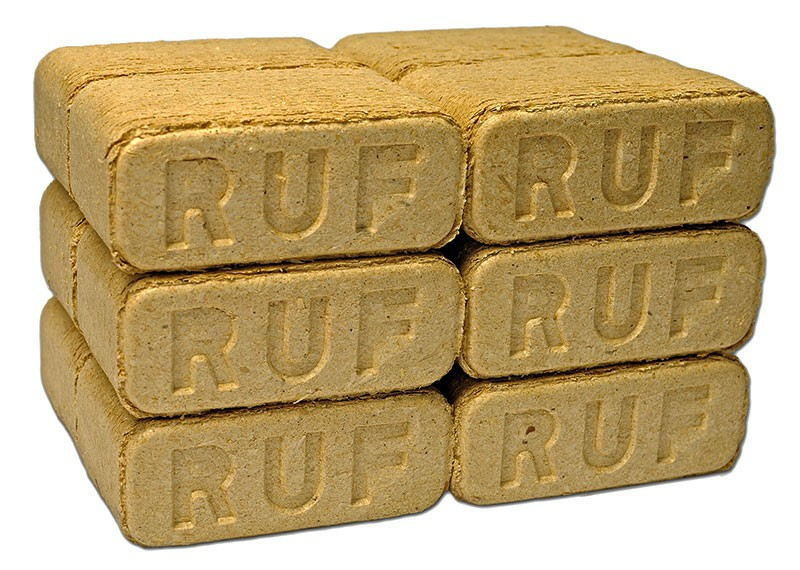As the world is coming to terms with climate change, finding ways to reduce emissions has become one of the biggest priorities. One way of reducing emissions that are gaining attention is using sustainable and renewable sources like briketts for energy production. Briketts are made from compressed organic waste materials that can be used as an alternative fuel source. They are both affordable and eco-friendly, making them a viable option for reducing emissions.
The use of briketts in place of fossil fuels has been steadily increasing over the years, due to their availability and environmental friendliness. In fact, they are now being used in many countries around the world, including India, China, South Africa, and Brazil. Briketts offer an effective way to reduce pollution while providing reliable energy production at a lower cost than traditional energy sources such as coal or natural gas.
What Are Briketts?
Briketts are small blocks or pellets made from organic materials such as wood chips, sawdust and other plant matter that have been compressed together into a solid form using heat and pressure. They have a higher density than normal woody biomass which makes them easier to transport and store. The process of making briquetting involves compressing these materials under high pressure without any added binders or chemicals which ensures that they retain their original properties after compression. This also means that they burn more cleanly compared to other fuel types such as coal or natural gas which emit pollutants when burned.

Advantages Of Using Briketts For Energy Production
The most obvious advantage of using briquettes for energy production is its potential for reducing emissions associated with traditional fossil fuel burning methods like coal or natural gas burning plants. As mentioned earlier, since no additional binders or chemicals are added during production there is minimal air pollution during combustion compared to other forms of electricity generation like coal-fired power plants which release harmful compounds like nitrogen oxides into the atmosphere when burned. Additionally, briquettes produce less ash residue so there’s less waste produced from burning them too which helps keep landfills from getting overloaded with debris from burnt biomass fuels like wood chips or sawdust when they’re not properly disposed of appropriately
Using Briquettes To Replace Charcoal
Another major benefit of using briquette technology is its ability to replace charcoal in cooking applications where it is traditionally used in developing countries where access to other forms of energy may be limited due to poverty levels or lack of infrastructure development. Charcoal produces smoke filled with particulate matter (PM) when it burns and this smoke enters people’s lungs leading to respiratory problems, especially among children who are particularly vulnerable due to their smaller lung capacity. Replacing charcoal with briquettes will greatly reduce PM exposure and improve air quality for those living in densely populated regions where open fires for cooking/ heating may still be common. Studies conducted by researchers have found that replacing charcoal with cleaner burning alternatives like briquettes can decrease PM concentrations by up 50%.
Affordability and availability
Briquetting technology offers another significant advantage over conventional fuel sources: affordability. Since all you need to make briquettes from organic material is a few simple tools (heat + pressure), it doesn’t require expensive machinery, nor does it require large amounts of capital investment to set up operations; something that puts this form of energy production within reach of poorer communities that might not otherwise have considered producing their own electricity as a possibility. Furthermore, as most places already have some form of organic material lying around, there is no need to purchase additional raw materials, further reducing the initial cost. Finally, as these materials can be easily transported/stored/sold at a local level, this makes them very accessible almost anywhere, encouraging wider adoption even in areas far from urban centers where electricity supply may be unreliable/non-existent.

Challenges facing the technology
Despite all the benefits, there are still a number of challenges faced by those implementing biomass-based systems; Chief among these are low-efficiency rates due to incomplete combustion caused either by poor design choices or inadequate maintenance practices – both of which result in low overall conversion ratios between input and output quantities (i.e. the amount of combustible material versus the actual amount of energy produced.) Another issue is the difficulty in obtaining a consistent quality product as a result of varying moisture content levels presenting different batches of raw materials – confusing extraction processes if not adequately addressed beforehand Finally, certain types of biomass vary drastically in size, shape and composition, meaning that some require special handling equipment to prevent clogging/jamming of machinery during processing stages.
Conclusion
In conclusion, we can see how the use of renewable resources such as biomass can help to combat global warming by reducing greenhouse gas emissions, thus helping to mitigate the effects of climate change. However, despite their many advantages, biomass-based systems still face difficulties when it comes to the actual implementation phase, although these issues can generally be addressed through proper planning, management and appropriate installation techniques. Nevertheless, due to its superior sustainability and low cost, this method remains a viable option, helping to shift towards a greener future.
